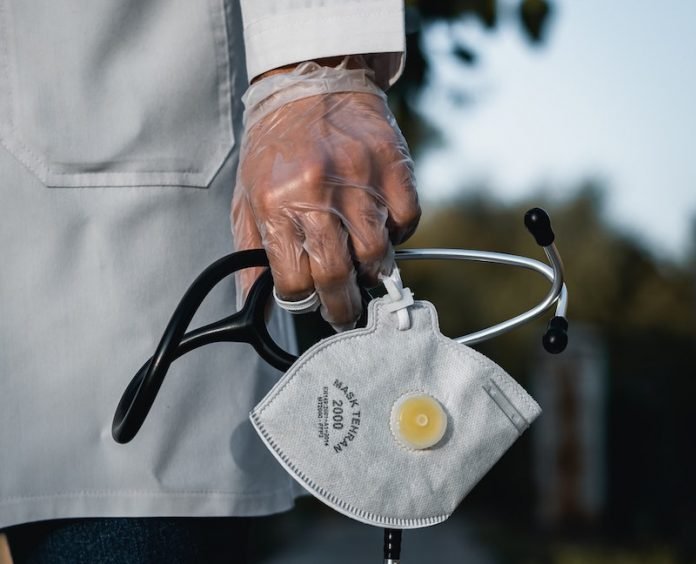
In a new study, researchers found why some people with COVID-19 develop severe inflammation.
They found how the molecular structure and sequence of the SARS-CoV-2 spike protein—part of the virus that causes COVID-19—could be behind the inflammatory syndrome in infected patients.
The research was conducted by a team from the University of Pittsburgh and Cedars-Sinai.
The study uses computational modeling to zero in on a part of the SARS-CoV-2 spike protein that may act as a “superantigen,” kicking the immune system into overdrive as in toxic shock syndrome—a rare, life-threatening complication of bacterial infections.
Symptoms of a newly identified condition in pediatric COVID-19 patients, known as Multisystem Inflammatory Syndrome in Children (MIS-C), include persistent fever and severe inflammation that can affect a host of bodily systems.
While rare, the syndrome can be serious or even fatal.
In the study, the team started searching for features of the SARS-CoV-2 virus that might be responsible for MIS-C.
They created a computer model of the interaction between the SARS-CoV-2 viral spike protein and the receptors on human T cells, the foot soldiers of the immune system.
Under normal circumstances, T cells help the body fight off infection, but when these cells are activated in abnormally large quantities, as is the case with superantigens, they produce massive amounts of inflammatory cytokines—small proteins involved in immune system signaling—in what’s known as a “cytokine storm.”
Using this computer model, the team was able to see that a specific region on the spike protein with superantigenic features interacts with T cells.
Then, they compared this region to a bacterial protein that causes toxic shock syndrome and found striking similarities in both sequence and structure.
Importantly, the proposed SARS-CoV-2 superantigen showed a high affinity for binding T cell receptors—the first step toward touching off a runaway immune response.
By finding protein-level similarities between SARS-CoV-2 and the bacterial structure that causes toxic shock syndrome, the researchers say they may have opened up new avenues for treating not only MIS-C patients but also adults with COVID-19 infection experiencing cytokine storm.
The researchers also found that those who experienced severe symptoms had a T cell response similar to what is seen in people exposed to superantigens and very different from the T cell response in patients who had only mild symptoms.
They are now using the ideas generated by this study to search for and test antibodies specific to the SARS-CoV-2 superantigen, with the goal of developing therapies that treat MIS-C and cytokine storm in COVID-19 patients.
One author of the study is Moshe Arditi, M.D.
The study is published in PNAS.
Copyright © 2020 Knowridge Science Report. All rights reserved.



